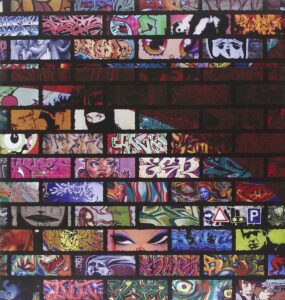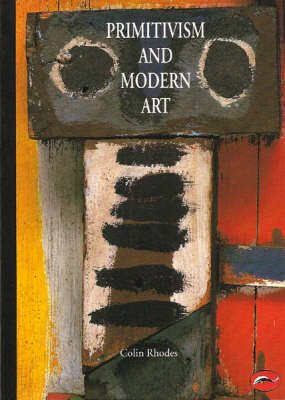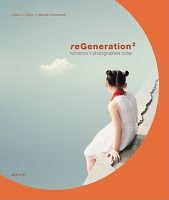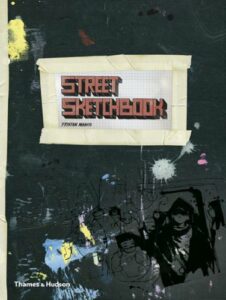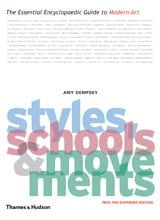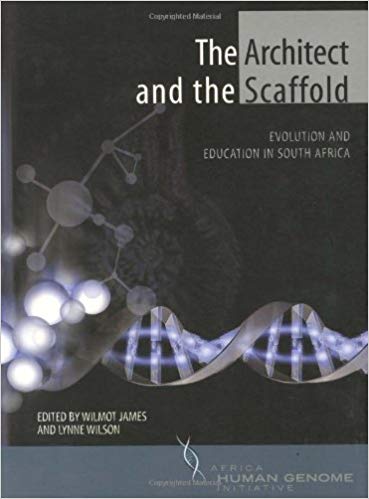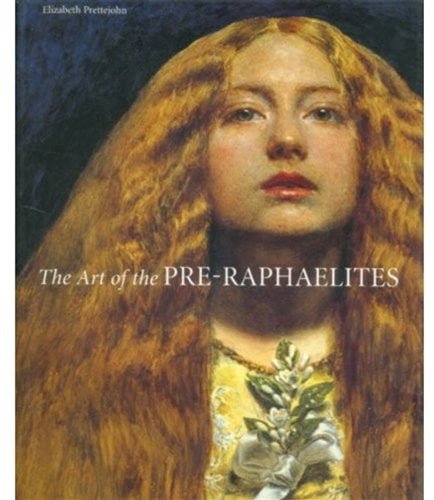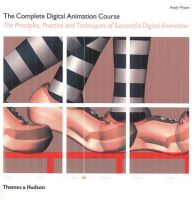Showing 1–16 of 20 results
-

R300Photographs are used as documents, records and evidence every day in courtrooms and hospitals, on passports and driving licences. But how did photographs come to be established and accepted, what sort of agencies and institutions have the power to enforce this status and, more generally, what concept of photographic representation is entailed and what are its consequences?
-

R400This full-colour CAPS approved book truly makes visual arts come alive!
-

R440By offering a clear approach to research for fashion design, this book will inspire students to embrace an activity that is both fun and fruitful.
-

R220Graffiti World, now updated, is the most comprehensive and bestselling survey of graffiti art ever published. The original collection of more than 2,000 illustrations by over 150 artists around the world is joined by a new section devoted to work created in the five years since the book’s first edition.
-

R240Balance, iron smelting and optical illusions: A recent encounter with master typographer and award winning graphic designer Jan Erasmus showed me that constructing a typeface is an art in its own right
-

R600Anyone who uses Adobe Photoshop Lightroom for image management, editing, and workflow knows it is great software, and it has only gotten better with each new version. But there comes a time in every Lightroom user’s life when they want to do something…and they just can’t do it. While Lightroom covers the vast majority of a photographer’s needs–many say it covers roughly 80% of a professional imaging workflow–it just can’t do everything a shooter needs to put the final touches on a great image.
-

A fascination with the primitive lies at the heart of some of the most influential developments in Western art produced between 1890 and 1950 – a time that witnessed both the heroic period of modern art and the decline of Western colonial power. This work is an overview of this period.
-

R250Adam Habib, the most prominent and outspoken university official through the recent student protests, takes a characteristically frank view of the past three years on South Africa’s campuses in this new book. This book is both an attempt at a historical account and a thoughtful reflection on the issues the protests kicked up, from the perspective not only of a high-ranking member of university management, but also Habib as political scientist with a background as an activist during the struggle against apartheid.
-

R440Following the success of 2005’s groundbreaking book and exhibition “reGeneration: 50 Photographers of Tomorrow 2005-2025,” “reGeneration 2: Tomorrow’s Photographers Today” turns the spotlight yet again on the next generation of photography’s potential stars. Through over 200 images, this remarkable survey–the only anthology of its kind–showcases the inspiring creativity and ingenuity of 80 up-and-coming photographic artists.
-

R290Splat! is the history of art at its most exciting and outrageous. Organized by artist and covering both key events and major movements such as the Renaissance and Impressionism to Surrealism and contemporary art, it is a valuable resource for young people curious about art.
-

R200In Stencil Graffiti, the first book to examine comprehensively this design phenomenon, Tristan Manco traces the history of stencil art and provides an exciting and thorough overview of the medium.
-
Sale!

R440 Original price was: R440.R250Current price is: R250.Here is an unprecedented look at the sketchbooks of some of the world’s leading street and graffiti artists.
-

R250A new and expanded edition of the internationally bestselling guide to modern and contemporary art. Modern art has come to be defined by its styles, schools and movements. The more than three hundred collected here provide an indispensable introduction to the major developments in Western painting, sculpture, architecture and design during one of the most…
-

This publication brings together thinkers and experts such as Wieland Gewers, President of the Academy of Science of South Africa and Senior Deputy Vice-Chancellor at the University of Cape Town; High Court Judge Denis Davis who looks at evolution from a “somewhat dissident Jewish perspective”; Professor Caroline Odora-Hoppers, whose passionately pleads for the education of our children to include indigenous knowledge; and a myriad of curriculum developers, book publishers, teachers and religious scholars.
-

R500This lavishly illustrated book concentrates more closely on the visual impact of Pre-Raphaelite art than any previous study.
-

R225This is a foundation course in the art and practice of digital animation. Step-by-step tutorials, practical tasks and assignments explain the entire animation process and allow you to practice newly learned techniques and processes.




